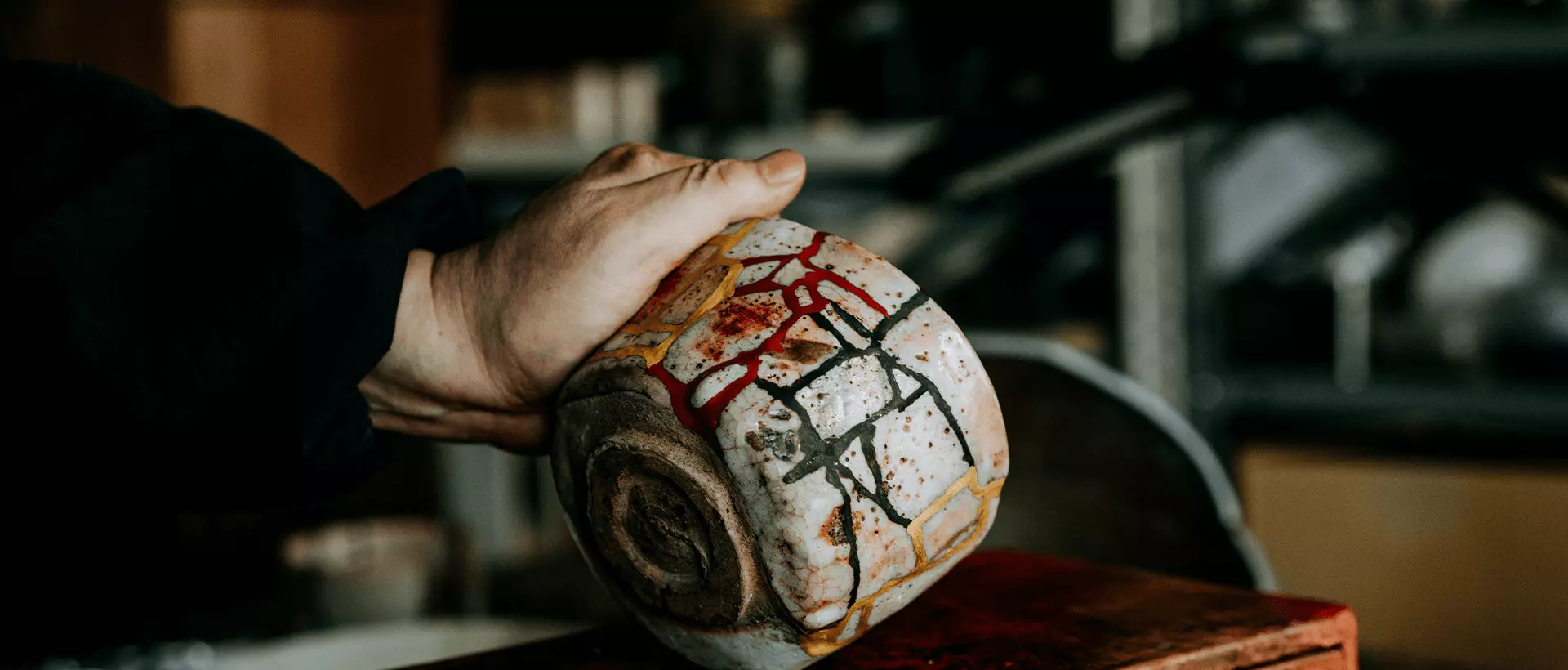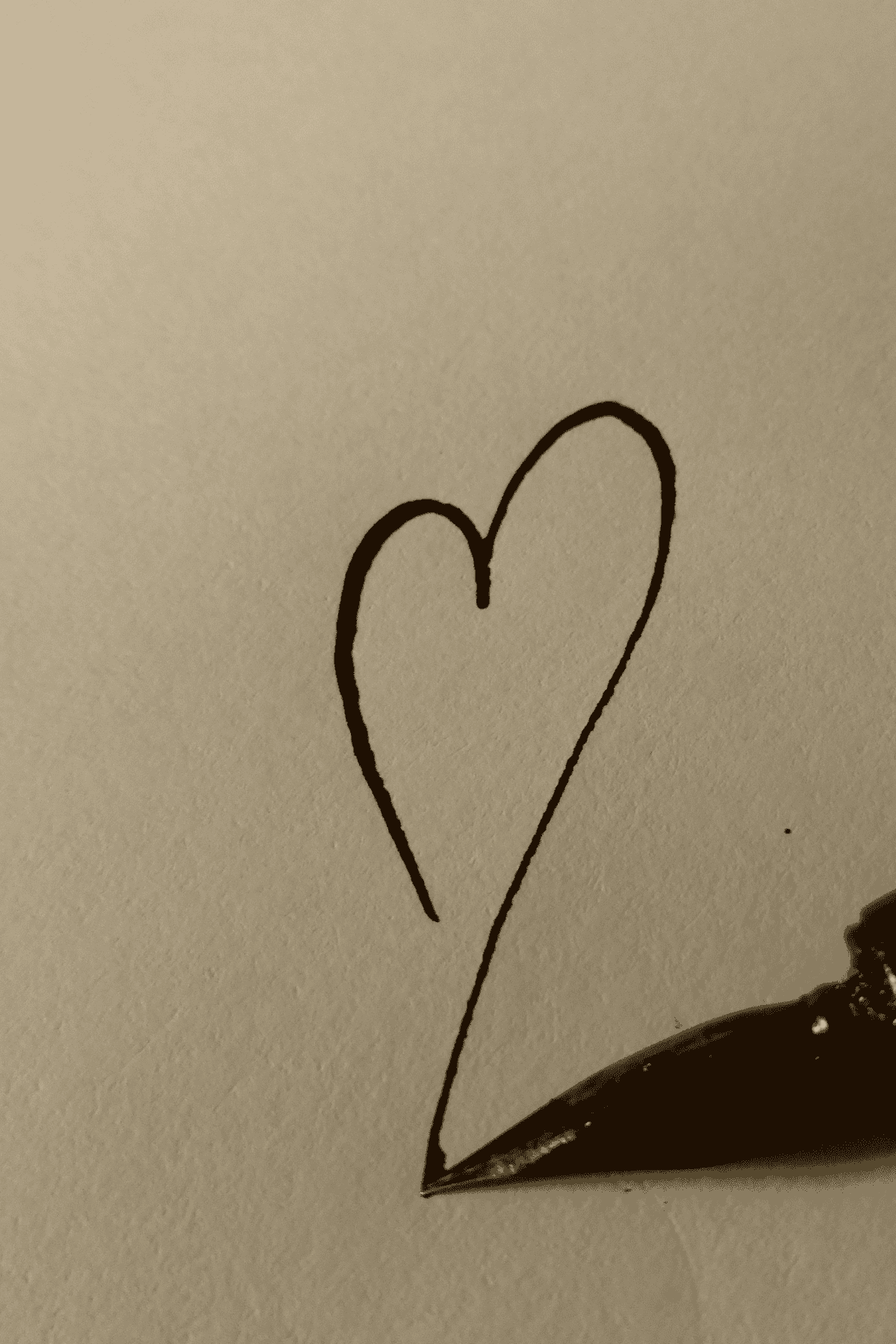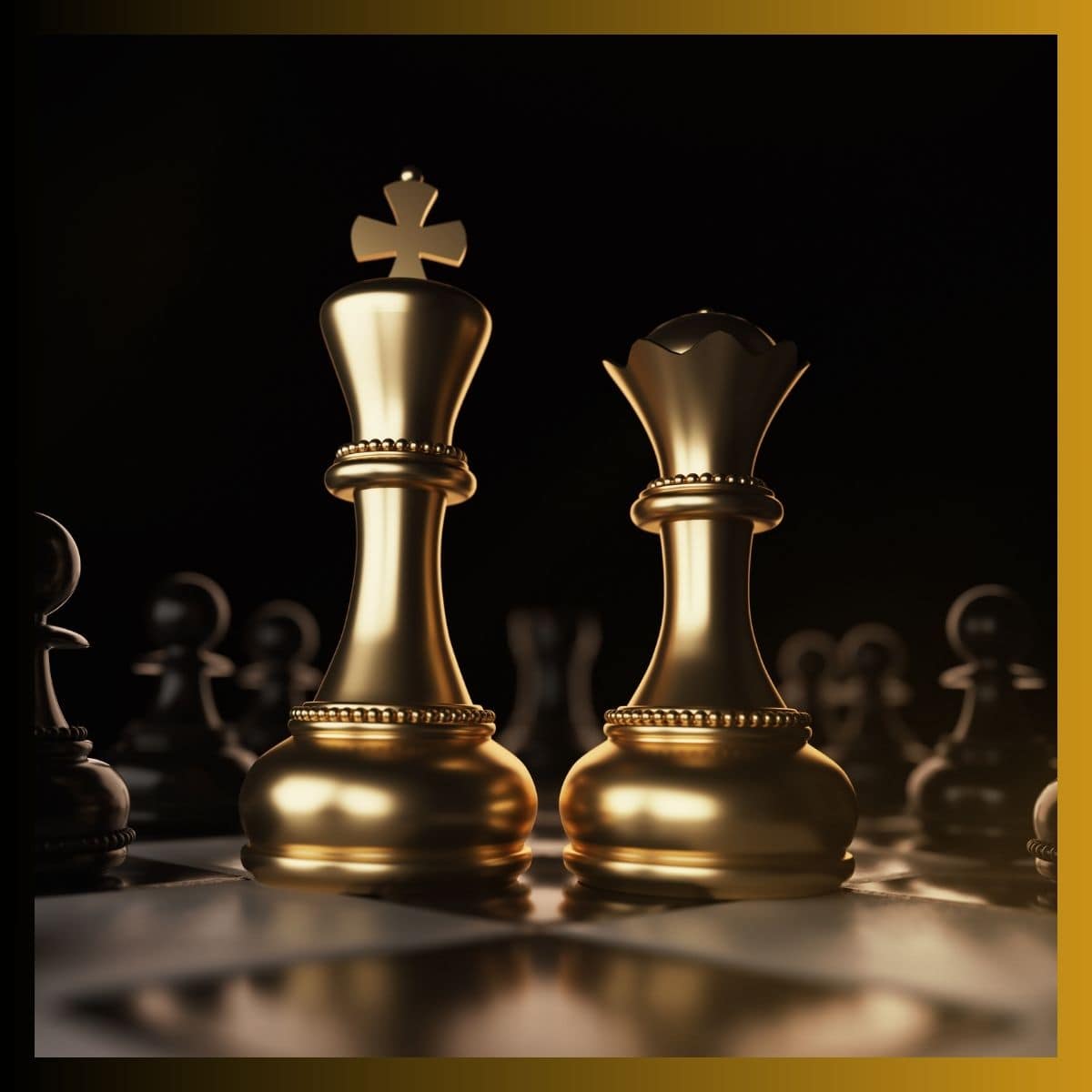History of Holistic Therapy Day
Hippocrates, the father of medicine, believed that our body holds the ability to heal itself. He envisioned that the greatest medicine would be the ability to heal without medicine.
Holistic therapy has stemmed from this 2,000-year-old idea. Even today, before starting any holistic practice, a mutual goal is set by the caregiver and the patient. Once they can achieve this goal, the person can continue on their healing journey independently.
The practice of symptom-based treatment rocketed in 1970 when the pharmaceutical industry boomed. Consecutively, due to the lack of empirical evidence, holistic therapy was shunned as ‘alternate medicine’. But, in recent years, there has been a shift in how people view holistic therapy. Medical practitioners have started acknowledging the power of a holistic approach. There is a growing awareness of the mind-body connection. More and more people are engaging in activities that help balance the ‘energy centers’ or ‘chakras’ of their bodies. People are moving away from ‘fitness’ and moving toward ‘well-being.’
History offers abundant evidence that supports this re-emerging knowledge. Ayurveda, an ancient Indian medicine system, aimed to heal the energy of the body while treating physical ailments. While the Chinese traditional methods visualize the body as a small universe with interconnected systems and energies.
Yoga and Tai Chi are some holistic practices that emerged from these ancient teachings and continue to be practiced well among people today. Holistic therapy involves practices such as meditation, yoga, massage, aromatherapy, sound therapy, breath-work, acupressure, reiki, and many more. Integrated holistic therapy involves a mix of these holistic practices.












